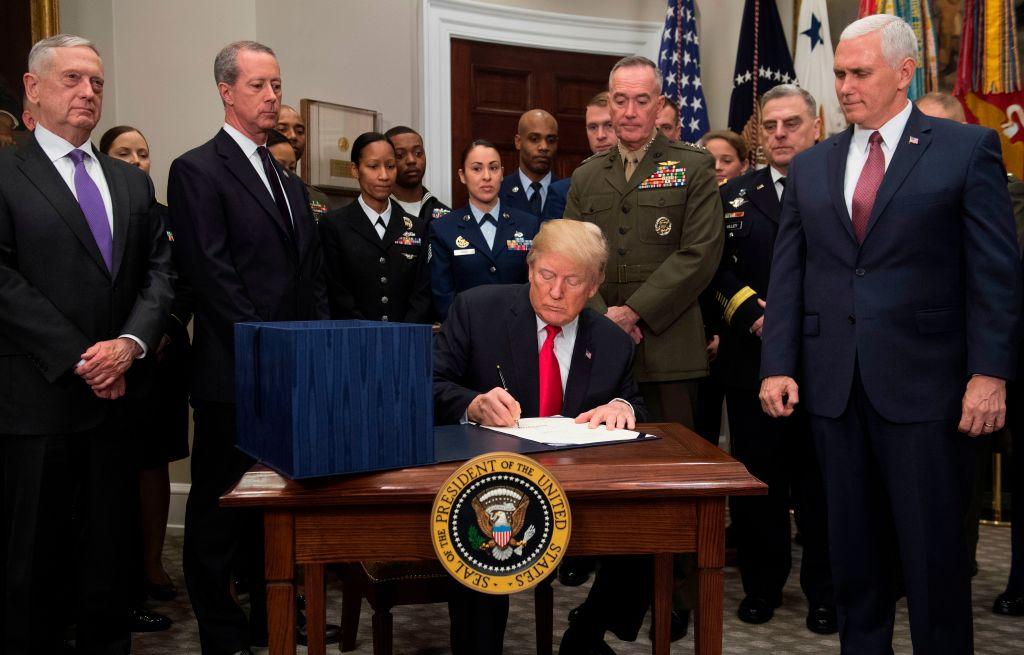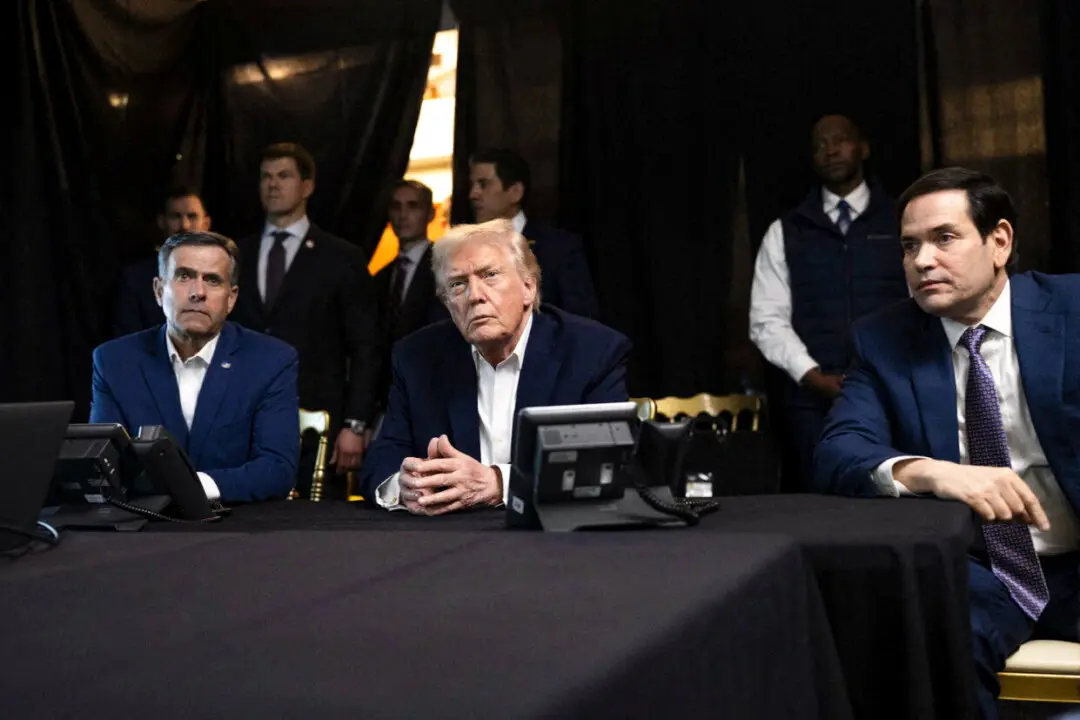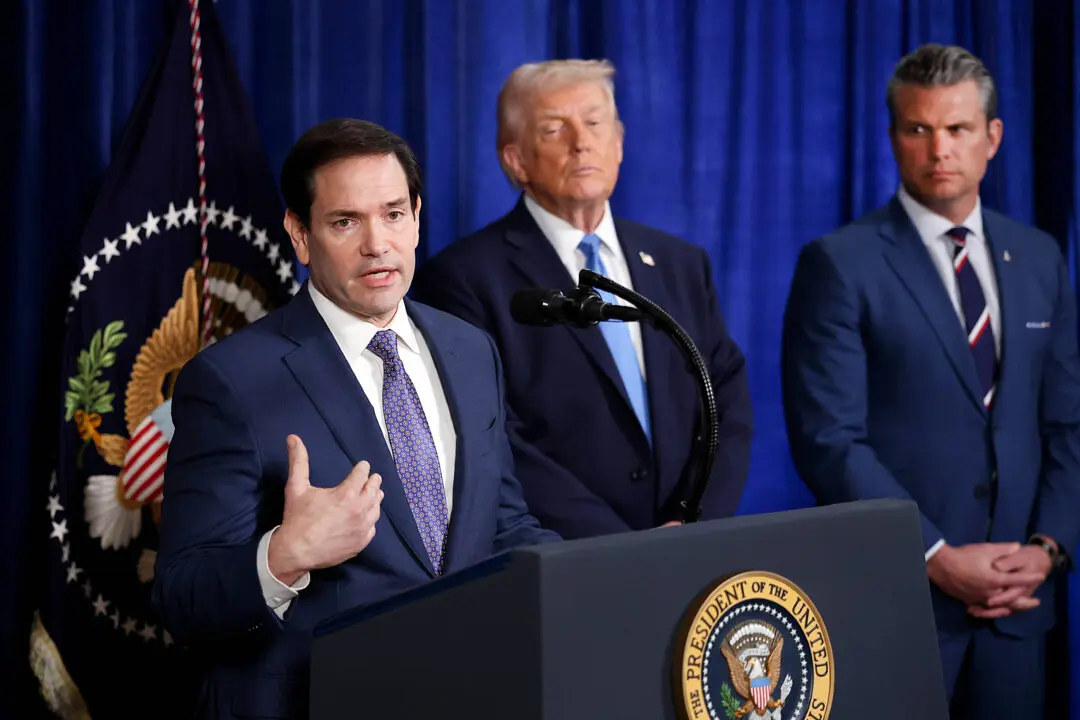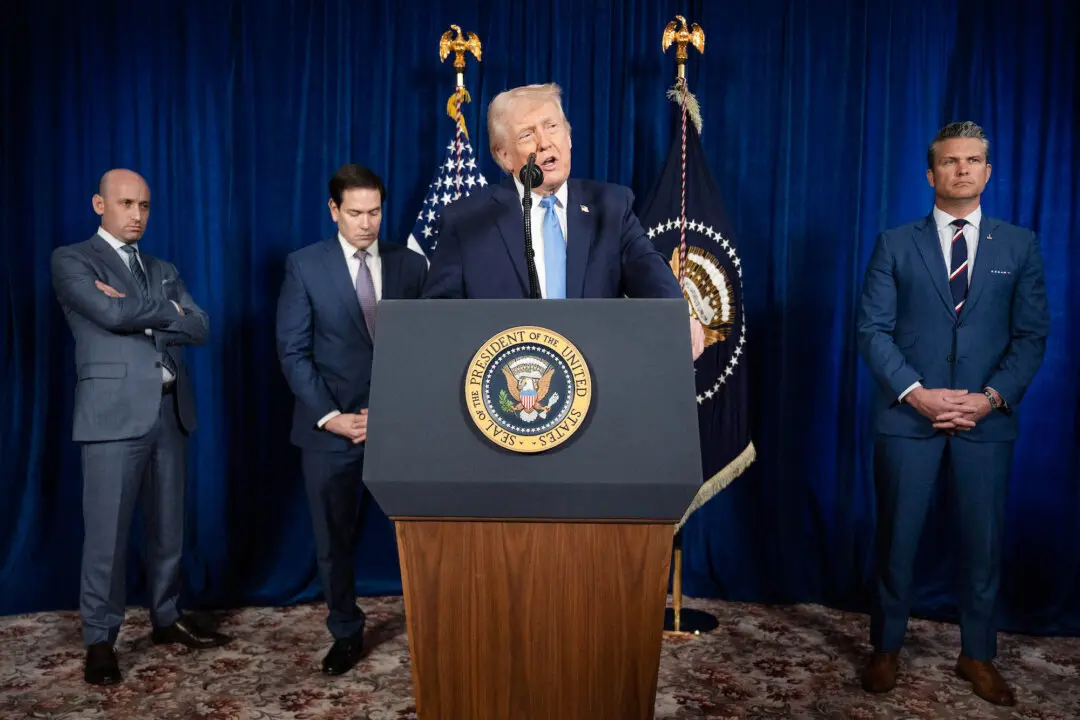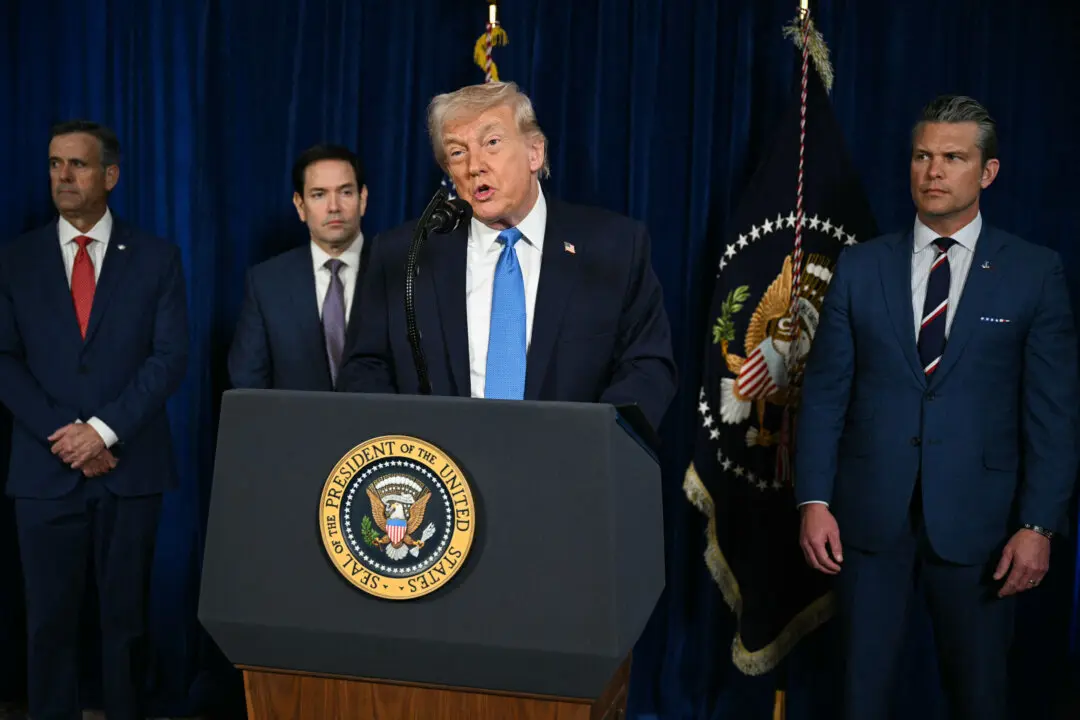WASHINGTON—With only a couple of weeks left before the end of the year, pressure is mounting for lawmakers to strike a budget deal. After passing a two-week spending patch on Dec. 8, Congress has little time to come up with a permanent solution to keep the government running.
The last budget deal, signed two years ago by President Barack Obama, ended in September, paving the way for automatic spending caps to take effect. In order to increase spending, congressional leaders need to reach a deal to raise budget caps and avoid a government shutdown.
